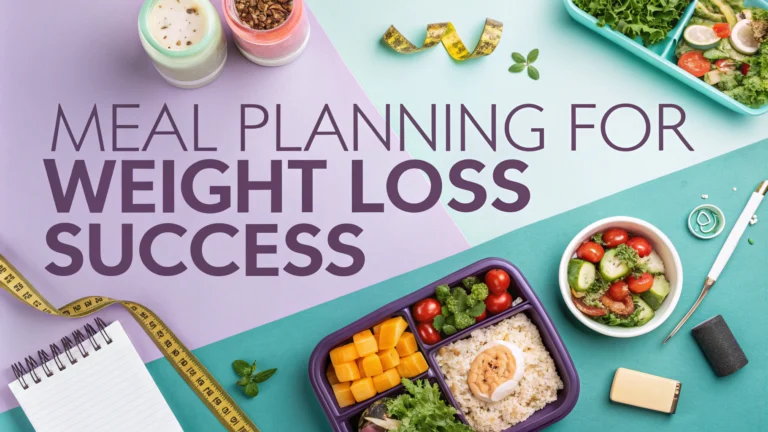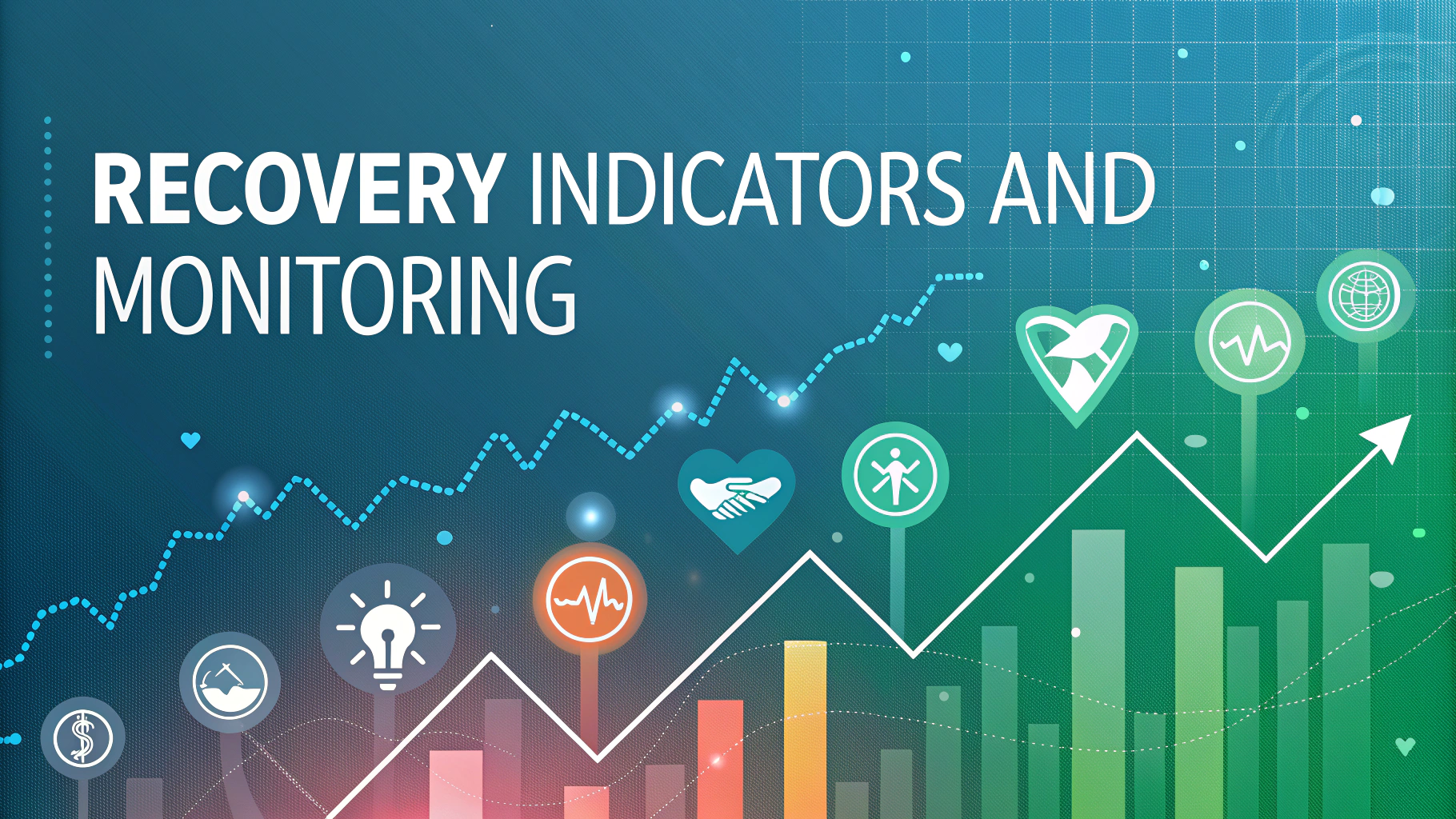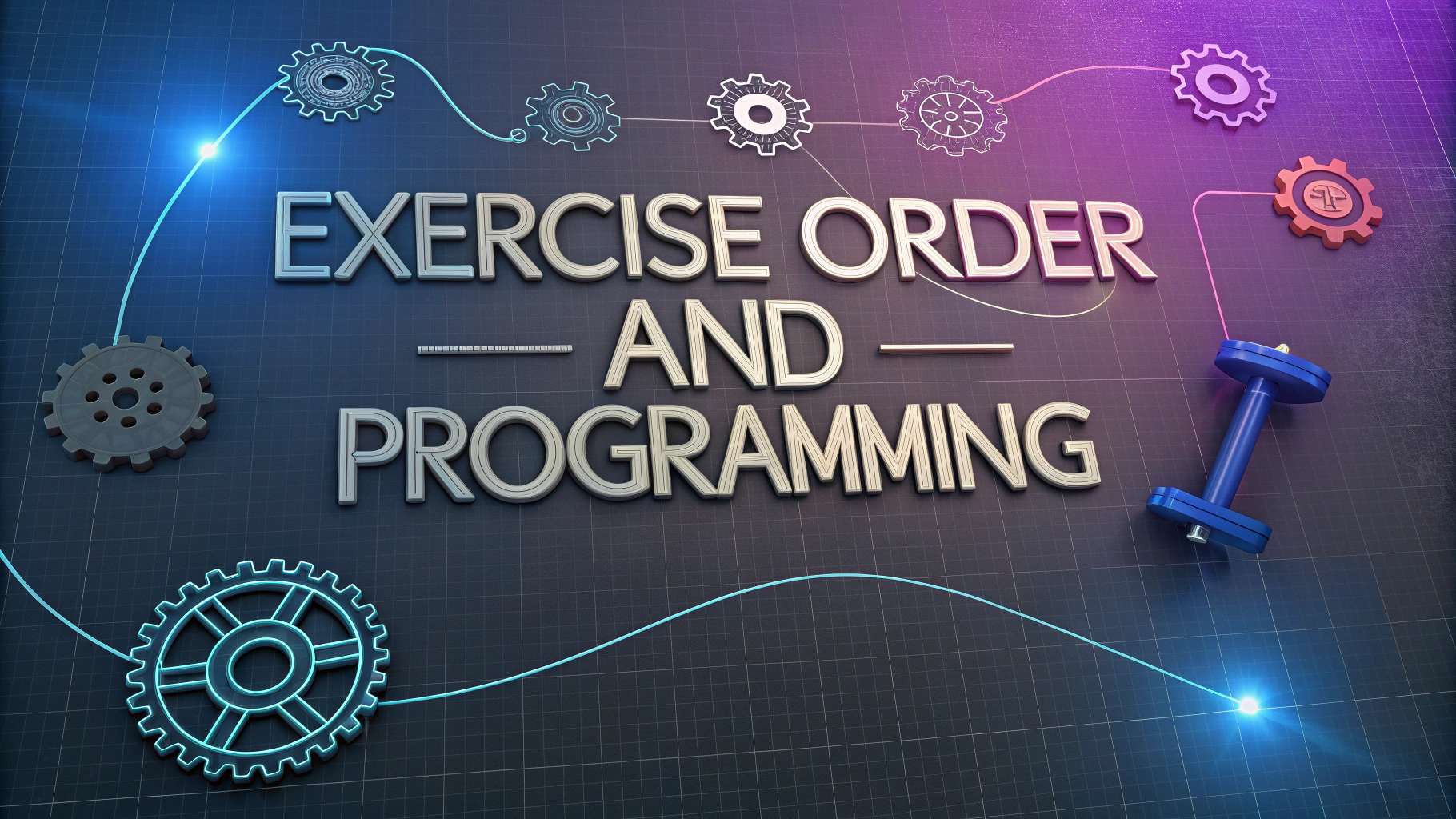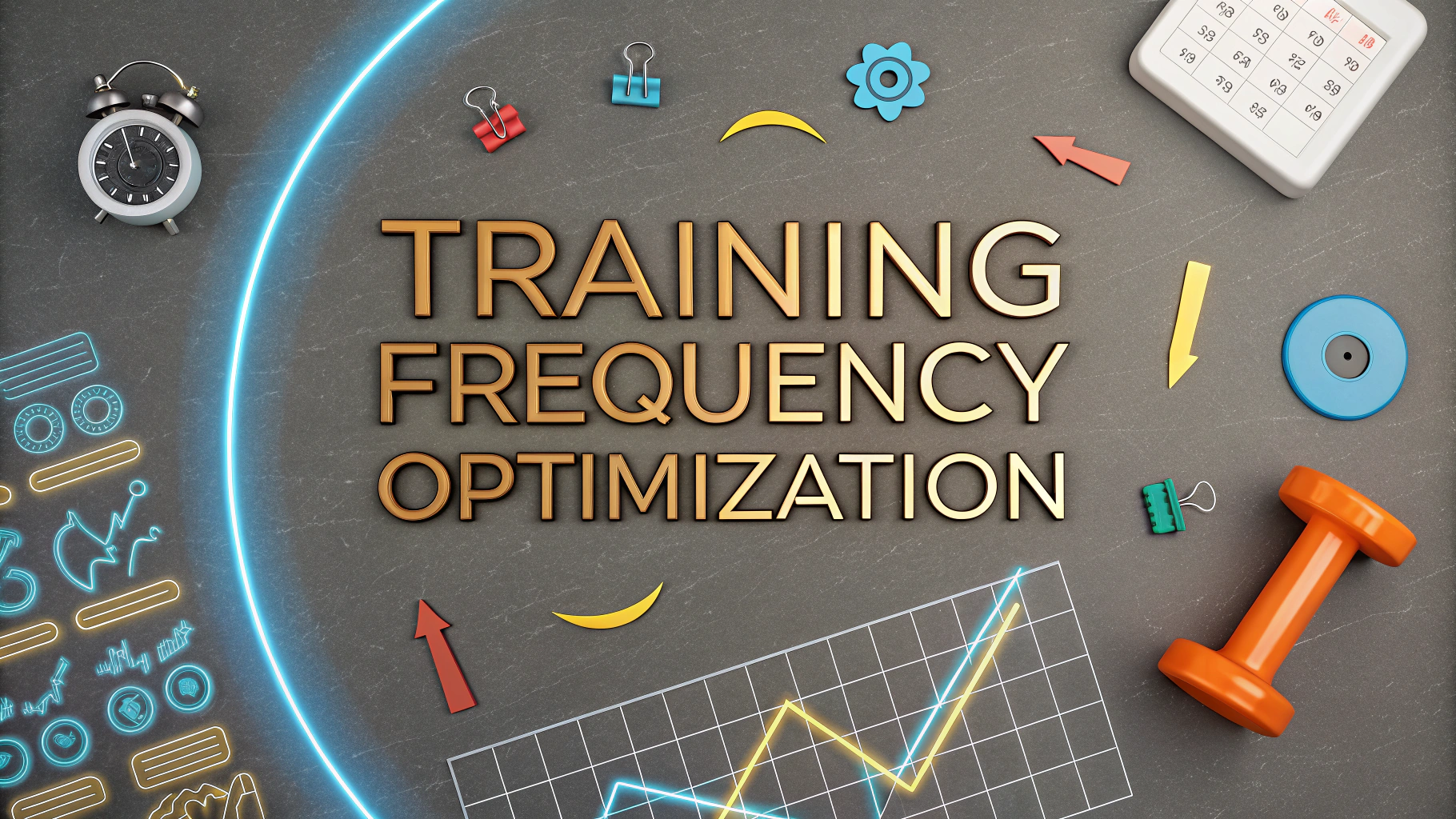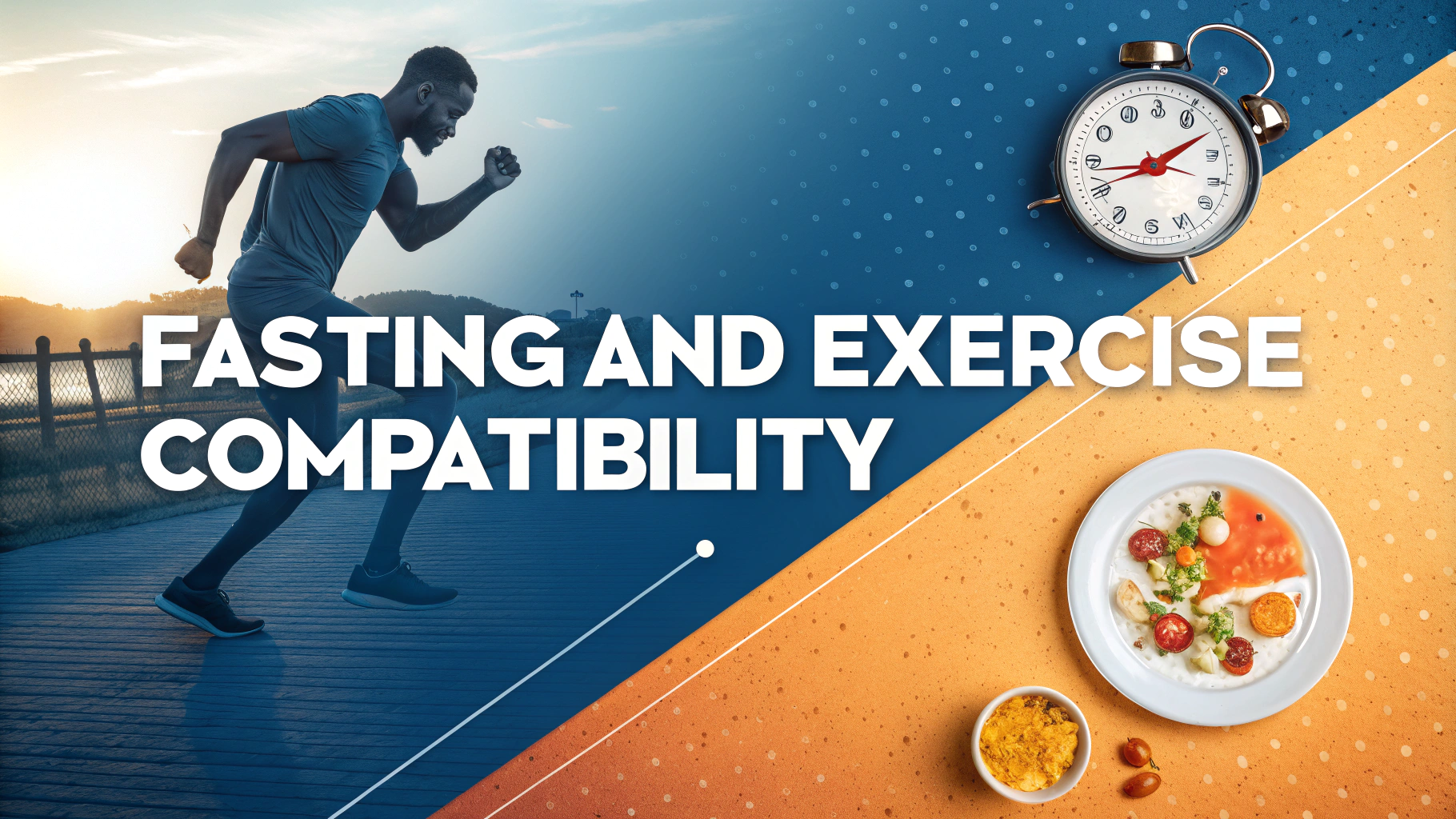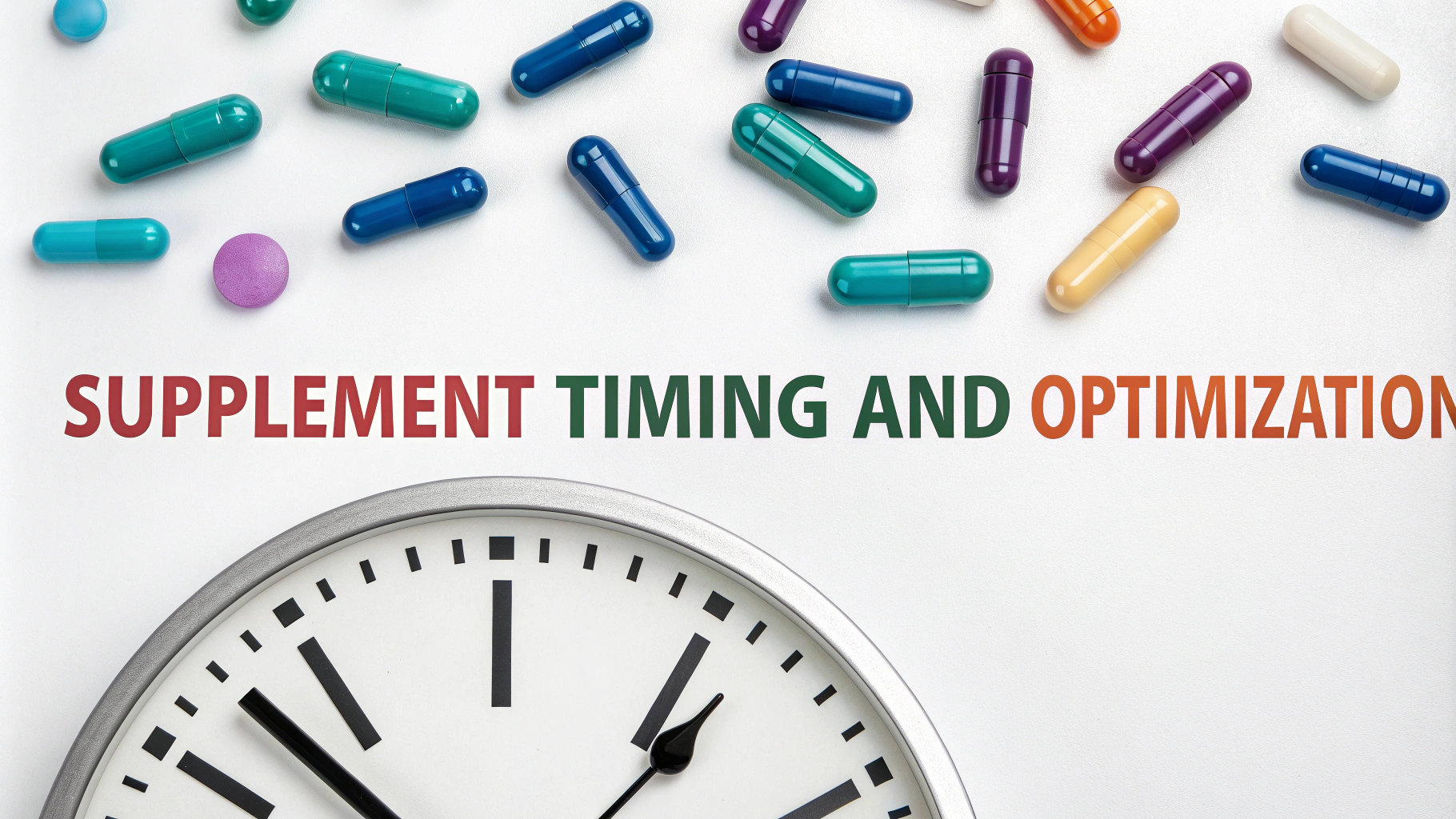A well-planned meal strategy forms the backbone of any successful weight loss journey.
This guide breaks down the essential steps to create a sustainable meal plan that works for your lifestyle and goals.
Basic Principles of Weight Loss Meal Planning
- Calculate your daily calorie needs
- Create a modest calorie deficit (500-750 calories below maintenance)
- Plan meals around lean proteins, vegetables, and whole grains
- Schedule regular eating times
- Prepare meals in advance
Sample Daily Meal Structure
| Meal | Timing | Example |
|---|---|---|
| Breakfast | 7-8 AM | Oatmeal with berries and Greek yogurt |
| Snack | 10-11 AM | Apple with almonds |
| Lunch | 12-1 PM | Grilled chicken salad |
| Snack | 3-4 PM | Carrot sticks with hummus |
| Dinner | 6-7 PM | Baked fish with quinoa and vegetables |
Smart Shopping Tips
- Create a weekly shopping list based on your meal plan
- Shop the perimeter of the grocery store first
- Buy seasonal produce to save money
- Read nutrition labels carefully
- Avoid shopping when hungry
Meal Prep Strategies
Set aside 2-3 hours on weekends for meal preparation.
- Cook proteins in bulk
- Prepare vegetable portions ahead
- Package individual portions in containers
- Keep healthy snacks readily available
Recommended Tools
- Food scale (options available on Amazon)
- Meal prep containers
- Calorie tracking app (MyFitnessPal or LoseIt)
- Sharp knife set
Common Pitfalls to Avoid
- Skipping meals
- Unrealistic portion sizes
- Not planning for social events
- Failing to track progress
Contact a registered dietitian for personalized meal planning advice – find one through the Academy of Nutrition and Dietetics.
Track your progress weekly by measuring weight, taking photos, and noting energy levels.
Adjust your meal plan based on results and lifestyle changes every 2-4 weeks.
Quick Emergency Meal Ideas
- Canned tuna with whole grain crackers
- Smoothie with protein powder and frozen fruit
- Hard-boiled eggs with raw vegetables
- Plain Greek yogurt with nuts and honey
Additional Considerations for Success
- Stay hydrated with 8-10 glasses of water daily
- Get adequate sleep (7-9 hours) to manage hunger hormones
- Plan for occasional treats to maintain sustainability
- Keep a food journal to identify patterns and triggers
Special Dietary Needs
Vegetarian/Vegan
- Focus on plant-based proteins (legumes, tofu, tempeh)
- Ensure B12 supplementation
- Include variety of nuts and seeds
Gluten-Free
- Choose naturally gluten-free grains (quinoa, rice)
- Read labels carefully for hidden gluten
- Prepare separate cooking surfaces to avoid cross-contamination
Long-Term Success Strategies
- Build a support system
- Create backup meal plans
- Learn to cook new healthy recipes monthly
- Practice mindful eating techniques
Conclusion
Successful weight loss requires a well-structured meal plan that fits your lifestyle, dietary preferences, and nutritional needs. Regular monitoring, preparation, and adjustment of your meal strategy ensures long-term success. Remember that sustainability is key – choose a plan you can maintain for life, not just for short-term results.
Start with small changes, build consistent habits, and adjust your approach based on your progress and lifestyle needs. Consult healthcare professionals for personalized guidance and support throughout your journey.
FAQs
- How many calories should I eat daily to lose weight safely?
A safe caloric deficit ranges from 500-750 calories below your maintenance level, typically resulting in 1-1.5 pounds of weight loss per week. For most women, this means consuming 1,200-1,500 calories daily, and for men, 1,500-1,800 calories. - Should I track macronutrients along with calories?
Yes, aim for a balanced macronutrient distribution of 45-55% carbohydrates, 20-30% protein, and 20-35% healthy fats. Protein is especially important during weight loss to preserve muscle mass, targeting 0.8-1 gram per pound of body weight. - How far in advance should I plan my meals?
Plan meals 5-7 days in advance to ensure proper grocery shopping, reduce impulse eating, and maintain consistency. This also allows time for meal prep and helps prevent last-minute unhealthy food choices. - What’s the ideal meal frequency for weight loss?
Eat 3 main meals and 1-2 small snacks daily, spacing them 3-4 hours apart. This helps maintain stable blood sugar levels and prevents overeating. The total daily calorie intake matters more than meal timing. - How can I control portion sizes effectively?
Use measuring cups, food scales, or visual guides (like comparing to common objects). A portion-control plate should typically be 1/2 vegetables, 1/4 lean protein, and 1/4 whole grains. - What foods should I prioritize in my meal plan?
Focus on lean proteins (chicken, fish, legumes), whole grains, fruits, vegetables, and healthy fats (avocados, nuts, olive oil). These foods provide essential nutrients while keeping you fuller longer. - How do I handle eating out while following a meal plan?
Review restaurant menus beforehand, choose grilled or steamed options, ask for dressings and sauces on the side, and control portions by boxing half your meal immediately. - Should I include “cheat meals” in my meal plan?
Planned flexibility meals (1-2 times per week) can be included without derailing progress, as long as they fit within your weekly caloric goals. They help maintain psychological satisfaction and long-term adherence. - How much water should I include in my daily meal plan?
Drink 8-10 cups (64-80 ounces) of water daily, more if exercising. Water helps maintain fullness, supports metabolism, and aids in distinguishing between hunger and thirst. - What’s the best way to meal prep for weight loss success?
Dedicate 2-3 hours weekly to batch cooking proteins, chopping vegetables, and portioning meals into containers. Focus on recipes that maintain quality when stored and reheated.
